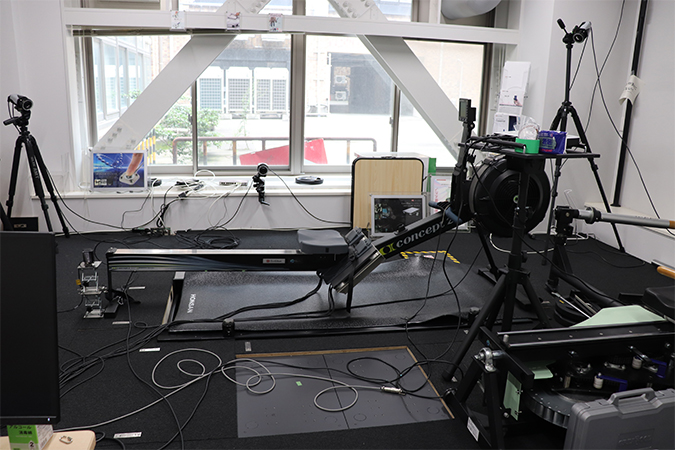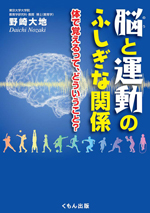Why do we have a dominant hand and a non-dominant hand?

An introduction to academia starting with “Why?”
After making a list of questions which would pique anyone’s interest, we asked faculty members on campus who might be knowledgeable in these areas to answer them from the perspective of their respective expertise. Let’s take a look into the world of research through questions that you feel you know something about, but cannot answer definitively when actually asked.
Q13. Why do we have a dominant hand and a non-dominant hand?
Left-handers are often said to have an advantage in sports or to be particularly dexterous, but they also face many forms of inconvenience in everyday life. Why do we have a dominant hand in the first place?Our non-dominant hand is better at moving in sync with the other hand

When you’re holding a heavy object in your hand and somebody takes it from you, your hand will rise for an instant. This is a remnant of the power you were exerting in order to support the object from underneath. However, if you take the object out of your hand by yourself using your other hand, the hand that held the object won’t rise. That’s because your brain has predicted how much lighter that hand will become and made an instantaneous adjustment accordingly. The right side of the brain controls the left hand and the left side of the brain controls the right hand, but when you’re using both hands at once, the left and right sides of your brain exchange information. For example, in the sport of rowing, where both arms are used to move the oars, experienced rowers will be able to move the oars evenly despite differences in muscular strength between their left and right arms. The brain understands how much power each arm needs to apply in order to achieve a certain output, and repeatedly exchanges information between the left and right sides working in collaboration.
In 2011 we investigated how this collaboration works, and found that initially each side of the brain obstructs the other’s operations. The obstructions always take the same form, so each side learns how to react when obstructed in a certain way, ultimately enabling the left and right arms to perform their movements flexibly and collaboratively. In another study in 2014, we discovered that the extent of the obstruction is different in each arm. The right arm obstructs the left arm more. Because it suffers greater interference, the left arm incorporates more information from the right arm, enabling it to respond more flexibly. The left arm has an extremely advanced capacity to control its movements in sync with the right arm. Conversely, the left arm doesn’t interfere much with the right arm. We found that the right arm does as it pleases, and has little ability to coordinate its movements with the left arm.
Around 10% of the human population is left-handed, but the proportion is said to be close to 40% in chimpanzees and gorillas. These animals generally use their right hands when making gestures. In evolutionary terms, gestures are the origin of language, and it is the left brain that controls language. The use of right hands for gestures may be related to the fact that humans developed the ability to use language. We can’t say that the development of language is the reason there are more right-handers, but it is possible that the left brain developed as a by-product of the need to perform gestures.

Nou to Undou no Fushigi na Kankei (“The Intriguing Relationship Between the Brain and Exercise”) (Kumon Publishing, 2014)
The human brain is constantly learning whenever we perform physical exercise. Based on exercise science research, this book provides easy-to-follow scientific explanations of the mechanisms of the brain that enable the body to move.
Generally speaking, our dominant hand is physically stronger and has better control. But we shouldn’t conclude that the non-dominant hand is inferior. It’s the non-dominant hand’s distinctive ability to adjust its movements in line with the dominant hand that enables us to perform complex movements that require coordination across both hands. If we didn’t have a non-dominant hand, we wouldn’t be able to perform uniquely human tasks such as tying shoelaces, playing musical instruments or operating smartphones. Viewed in this light, the idea of dominant and non-dominant is very one-dimensional. Each of our hands has its own unique role to play.
* This article was originally printed in Tansei 45 (Japanese language only). All information in this article is as of September 2022.



 Answered by Daichi Nozaki
Answered by Daichi Nozaki


